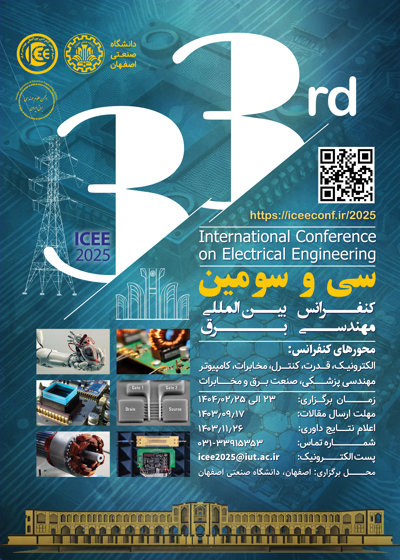0% Complete

نویسندگان :
کلمات کلیدی :
چکیده :
لیست مقالات بایگانی شده
Mahtab Seyyedi - Ebrahim Pirmoradi - Turaj Amraee
Sara Giyani - Behrouz Safarinejadian - Sajad Shamsi
Ali Khosravipour - Sepideh Hajipour Sardouie
Mahdi Shamisavi - Sahar Eslami - Amir Jahanshahi - Morteza Rajabzadeh
Hossein Ahmadian - Iman Sharifi - Heidar Ali Talebi
Neda Mazloomi - Sajad Haghzad Klidbary
ََAmirreza Ghazi - Arash Yazdanpanah
Seyyed Morteza Golzan - Jafar Sobhi - Ziaddin Daie Koozehkanani
Moslem Geravandi - Hassan Moradi CheshmehBeigi





